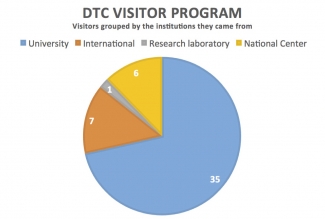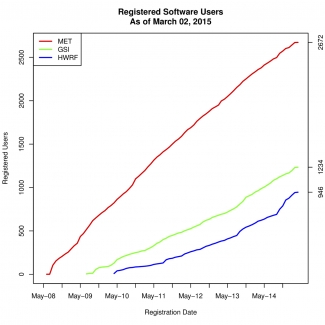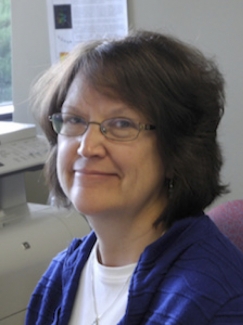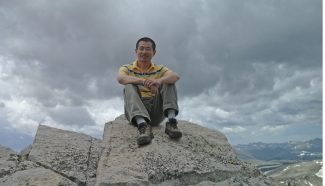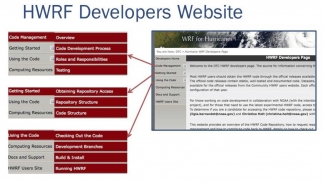Storm-scale NWP. While significant progress has been made in NWP over the past decade, society’s expectations have often exceeded improvements. An excellent example is the recent January blizzard forecast for New York City, for which the inability to adequately convey forecast uncertainties in numerical guidance was widely recognized. In a previous but related report, the UCAR Community Advisory Committee for NCEP (or UCACN) pointed out that NCEP does not have an operational ensemble prediction system at convection-permitting (that is, storm-scale) resolution. The development and operation of a prediction system of this kind is a major undertaking, with significant computing demands and challenging scientific and technical issues. Among them are questions concerning initial condition perturbations, model perturbations, calibration, post-processing, and verification, just to name a few. These are also areas of active research attracting the interest of a significant fraction of the 24,000 registered WRF users. Since convection-resolving ensemble prediction is in fact a theme that cross-cuts all its current task areas, the DTC should be well positioned to facilitate R2O toward this end that is useful to both operations and research.
Unified modeling. From an R2O perspective, it is highly beneficial to reduce the number of operational systems, thereby allowing the research community to focus on a smaller number of systems. Unified modeling (UM), which seeks to limit the proliferation of competing modeling elements, has been recognized worldwide as the most cost-effective approach to deal with the increased number and complexity of numerical weather, climate and environmental prediction systems at all space and time scales. A UM framework also allows sharing of modeling efforts (e.g., improvements in physical parameterizations) across different modeling systems. The UCACN has urged NCEP to migrate toward a UM approach for its future model development, and has suggested an interim goal of reducing NCEP modeling systems to only two: A global weather and climate system (GFS/CFS) and a very-high resolution convection resolving system. With nesting capability, the global high-resolution nonhydrostatic model planned for the NGGPS project could be a suitable candidate for a UM framework at NCEP. It is true that migration toward UM is a significant challenge for any operational center, involving as it does a major culture change in addition to numerous technical issues. In its capacity for testing and evaluation, the DTC can help facilitate such a transition at NCEP.

